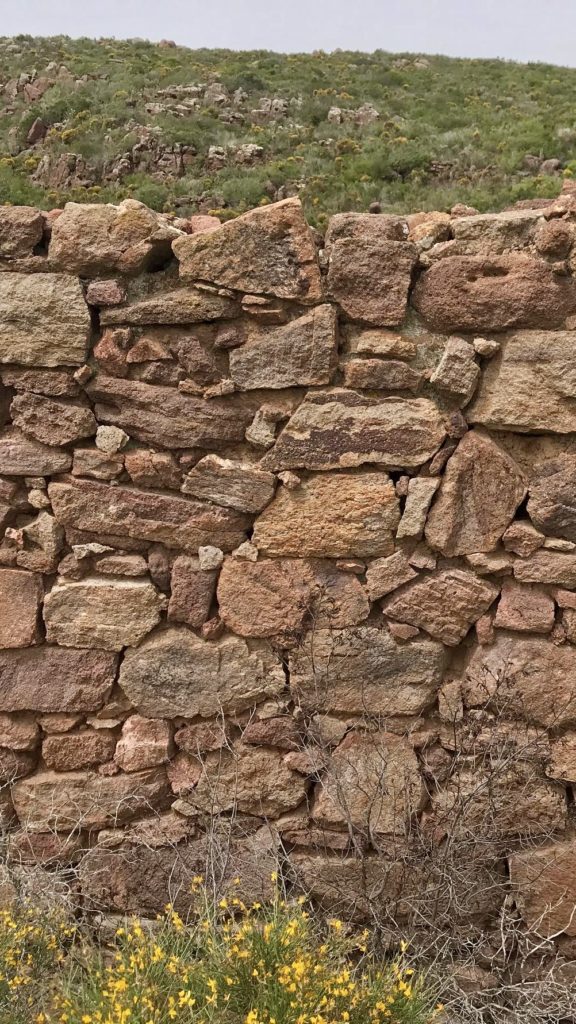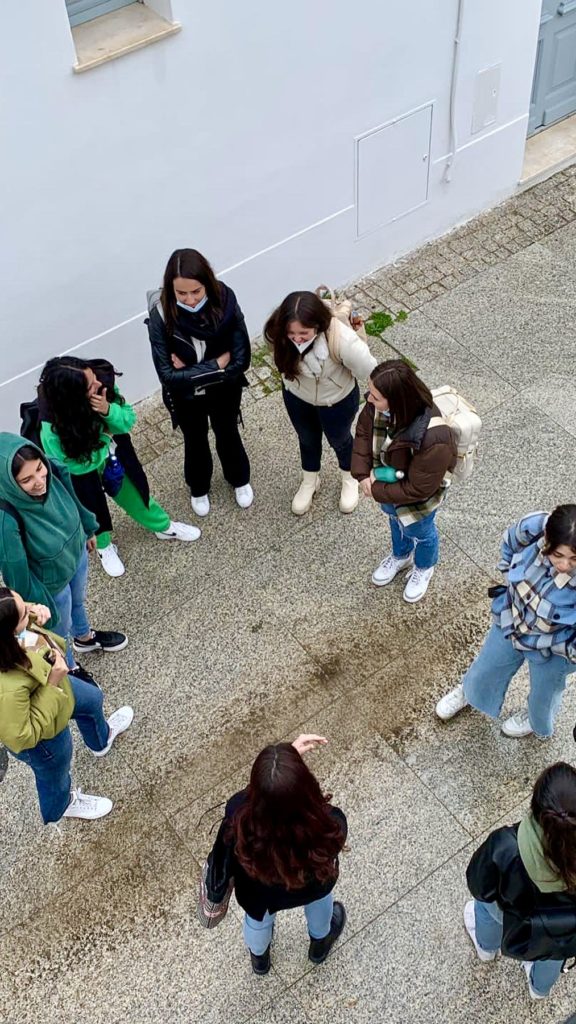VerSus+ ǀ Heritage for PEOPLE project
Vernacular architecture is a tangible and intangible heritage of great importance to European and global culture. This architecture is born from the practical building experience of the inhabitants, making use of local materials, and taking into consideration the natural, cultural and social conditions of the surrounding habitat.
Above all, vernacular architecture plays an essential role in contemporary society as it is able to teach us important principles and lessons for a respectful sustainable architecture. These lessons from vernacular heritage for contemporary architecture were extensively studied in the project VerSus: Lessons from Vernacular Heritage for Sustainable Architecture, coordinated by Escola Superior Gallaecia (ESG), implemented with the partnership of Universitat Politènica de València (UPV), Università degli Studi di Cagliari (UniCa), Università degli Studi di Firenze (UniFi) and CRAterre-Grenoble School of Architecture, and funded by the European Union between 2012 and 2014. Although this project had considerable repercussions for the European and international communities, the knowledge and awareness it provided need to reach the very heart of society in order to build awareness in all the sectors of the society. This constitutes the basis for the conservation of the material and immaterial heritage as well as for a more sustainable architecture for the future.
Therefore, VerSus+ ǀ Heritage for PEOPLE (2019-2023) focuses on the transmission of knowledge on vernacular heritage to all branches of society and the general public. The project is coordinated by the UPV (Spain), conducted with the partnership of the UPT (Portugal), the UniFi(Italy), the UniCa (Italy) and CRAterre (France), and co-funded by the European Union (607593-CREA-1-2019-1-ES-CULT-COOP1).
Target audience
The project pays special attention to the society of the future, that is, children and young people. It also involves local, regional and national authorities in charge of heritage management, including specialists and experts in the field of architecture (architects, engineers, cultural managers, historians, ethnographers, university students, etc.) together with craftspeople and companies in the construction and tourism sectors, cultural and social associations and educational institutions. The project also considers migrants and refugees as an important target group, since getting them to have in-depht knowledge of the constructive tradition of their foster country is a good way to promote their integration.
Implementation
In the course of the project, the in-depth transmission of the lessons of vernacular heritage to the society has been tested in specifically defined contexts. The case studies chosen have been the islands of Sant’Antioco (Italy) and Formentera (Spain).
These scenarios are geographically limited territories with accessible administrative, technical and social agents and partners, where a rich vernacular heritage is specially under pressure due to the transformations of contemporary life and, in particular, to the impact of mass tourism.
In the transmission of vernacular heritage values, the project has also continued the VerSus methodology.



